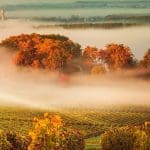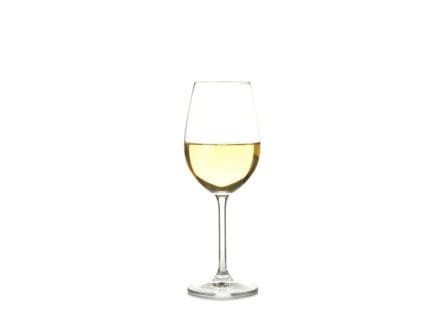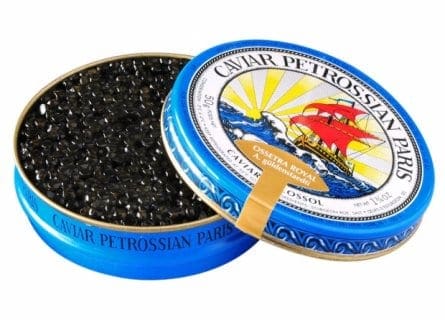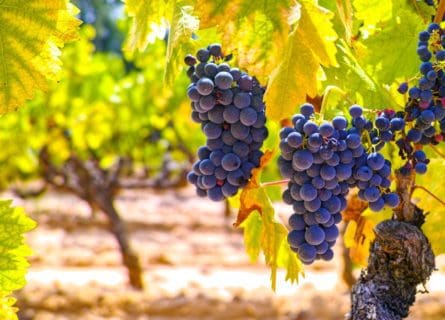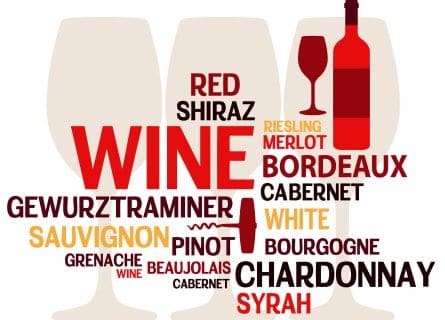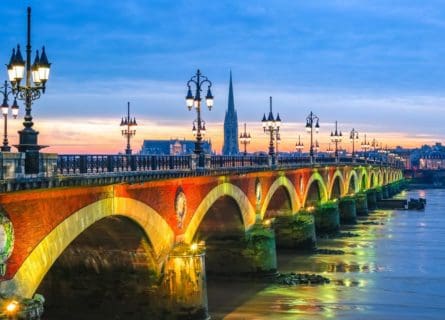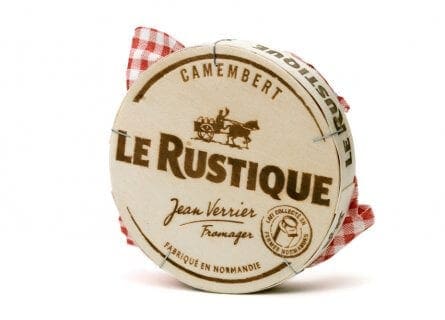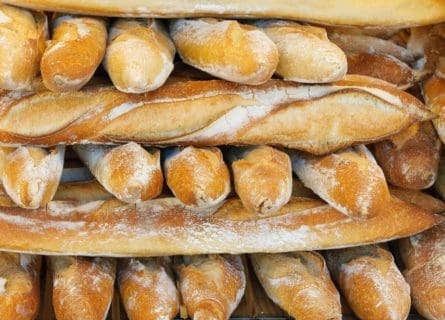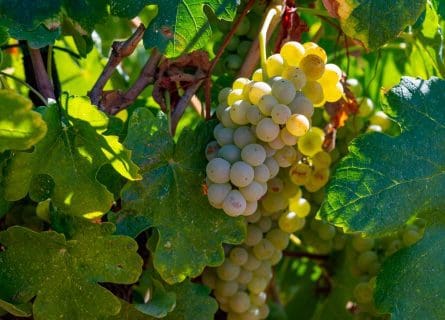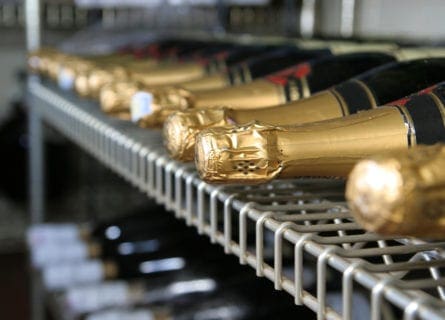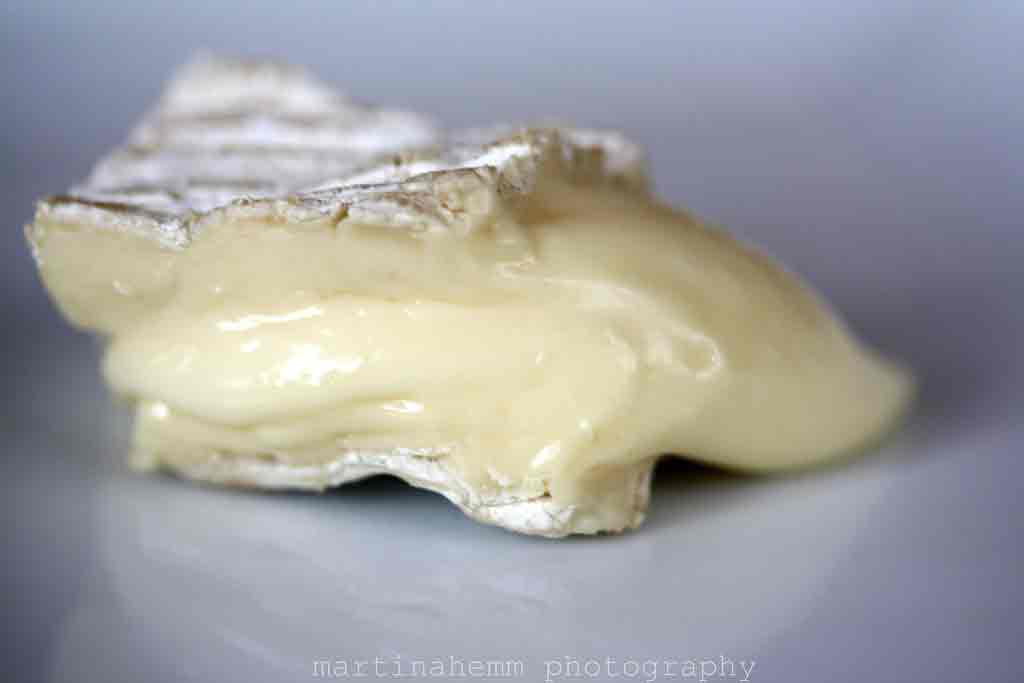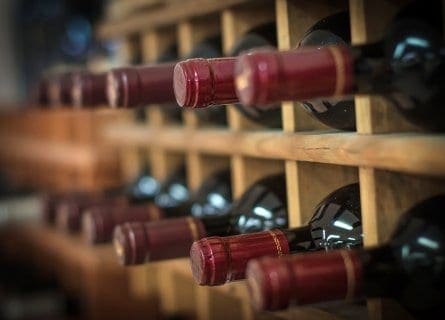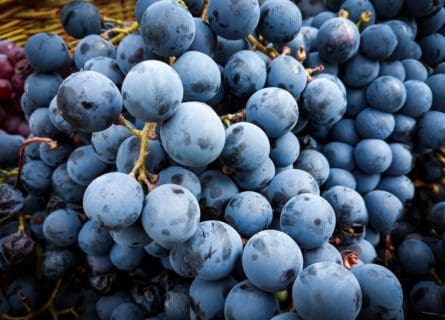Savoie Wine Region Guide
Discover the Hidden Gem of the Alps: Savoie - Where Adventure Meets the Art of Winemaking
EXPLORE ALL OUR EXPLORE THE BEST FRENCH WINE REGIONS: A COMPLETE GUIDE
Last updated: April 4, 2025
Introduction
Few wine regions can hold a candle to Savoie. Yet, the area is more famous for its winter tourism than its vines; over 200 resorts cater to adrenaline junkies, skiing under the shadow of Mont Blanc and its raw wilderness: glaciers, lakes, snow-capped peaks, and dense Alpine forests await you.
But there is also a thrilling wine culture to discover in the foothills and valleys of Savoie, which are responsible for some delectable (and low alcohol) reds and super-refreshing whites. Even a decent volume of sparkling is produced in the region – obligatory during the Après-ski.
Discover More About French Wine
History
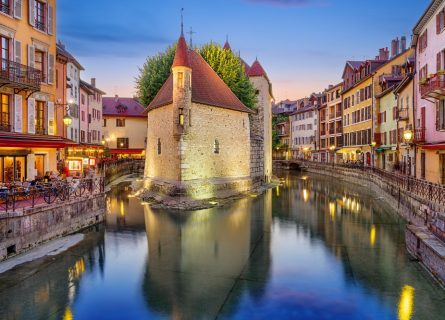
History buffs, eat your heart out: Savoie is a fascinating region with a long and complex historical legacy. Flanked by Switzerland and Italy, Savoie (or Savoy in English) has been occupied by many welcome – and unwelcome – visitors over the centuries. In the ancient era, migrant tribes of Celtic, Gaulish, and Germanic origin settled in the Alpine valleys and hills of Savoie, protected (or so they thought) from their enemies due to the mountainous terrain.
However, even the highest peaks of Mont Blanc could not stop Roman incursions in the last century BC. After Rome’s conquest of Gaul, the Alps became a key strategic outpost, reaching its zenith during the reign of Emperor Julius Caesar Augustus (27 BC to AD 14). Meanwhile, they planted vines on the foothills of the Alps, in addition to the southern shores of Lake Geneva and Lac du Bourget toward Chambery.
Yet, after the collapse of the Western Roman Empire in AD 476, chaos engulfed the region. Rival civilizations spilled much blood in the Dark Ages as the Visigoths, Ostrogoths, and Burgundians fought over the spoils of Rome’s lost empire.
However, the Frankish kings of the Merovingian and Carolingian empires would emerge triumphant after they pushed the remaining armies of the Visigoths into Spain. They consolidated their hold over most of Gaul (France) and imported their distinctive dialects, traditions, and cultures to Savoie.
Monastic Viticulture and the Middle Ages
The cultivation of vines, meanwhile, largely fell to the Cistercian and Benedictine monks. They constructed monasteries in Savoie during the 12th and 13th centuries. Growing local specialties such as Jacquère and Mondeuse (both native to the Alps), the lack of cultivable land stymied them – mountains tend to get in the way! Indeed, the geographical area is almost as large as Bordeaux, yet Savoie produces a relatively small volume of wine.
Today, Savoie’s vineyards remain as widely dispersed as they were in the Middle Ages. Its wine industry, such as it is, has never become an export sensation despite the large numbers of winter and summer tourists visiting the pistes and lakes yearly. But a plethora of indigenous grape varieties and esoteric wine styles make Savoie a dream come true for wine geeks and jet-setting sommeliers.
Geography and terroir
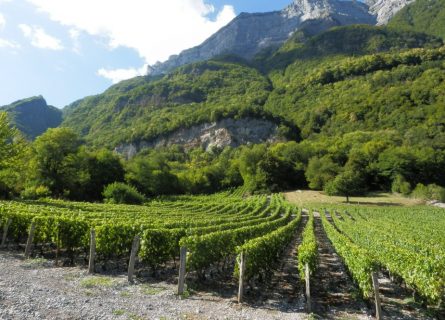
Without a shadow of a doubt, Savoie is one of Europe’s most spectacular regions. Beginning just south of Lake Geneva, this messy patchwork of vines extends to the east and southeast of Chambery, with a U-shaped collection of vineyards opposite the Grésy-sur-Isère commune.
There are approximately 2000 hectares under vine, planted in a disparate collection of appellations that cater to thirsty skiers in winter and hiking fanatics in summer. Flanked by crystal-clear lakes and mountains in this quintessential Alpine paradise, growers tend to their vineyards in a manner that has scarcely changed over the centuries.
Climatic Challenges and Adaptations
The climate, meanwhile, shows very strong continental influences: cold winters and mild summers. Moreover, the high altitude of many climats (vineyard sites) is conducive to diurnal temperature variation, a significant temperature difference between day and night. This is one of the reasons why Savoie whites boast bracing freshness and high acidity. Likewise, the red wines often showcase crisp fruit flavors and a relatively low ABV. Late-ripening varieties, such as Cabernet Sauvignon, would really struggle to achieve satisfactory levels of flavor and tannin maturity in this part of the world.
The Grape Varieties and Terroir of Savoie
However, the region’s most important red grapes, the peppery Mondeuse, and esoteric Persan, will attain full phenolic ripeness if cultivated on the most favored sites. They typically enjoy a south-facing aspect and lower elevation, planted on calcareous terroirs that contain some scree (loose rock fragments) on the topsoil. These small stones help to warm the vine canopy by reflecting the sun’s heat back into the atmosphere. Much like the gravel of the Medoc, they are a key part of the local quality equation.
Winemaking and regional classifications
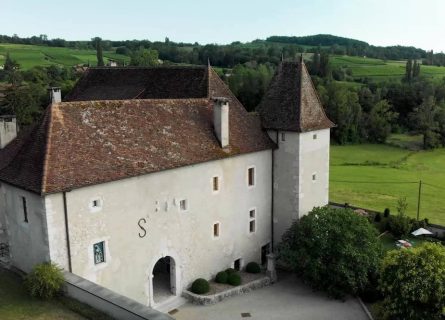
A small but growing patchwork of vines dedicates itself to producing red, white, rosé, and sparkling wines in Savoie, largely based on native grapes that have never been exported. The two major exceptions are Gamay and Chasselas. However, the critical mass of labels contain varieties you’ve probably never heard of.
Indeed, Savoie produces wines that are so varied, from such an eclectic mix of local vine specialties, that it seems incredible to the visitor that so little is enjoyed outside of France. But, with a thriving tourist industry and paltry volumes, there isn’t enough to send abroad.
The Flagship Appellation: Vin de Savoie
Nevertheless, Savoie does boast a flagship appellation of sorts. Vin de Savoie is a generic designation for wines of all three colors made across the wider region. Introduced in 1973, the AOC is not limited to one part of this Alpine territory, although Vin de Savoie Blanc is usually based on the Jacquère grape.
Most examples are fermented in stainless steel and bottled without any oak exposure, yielding a light, clean, and very fresh white. It can also be anonymous and anodyne unless the producer has been experimenting with skin contact or perhaps maturation in barrique – or amphorae! You rarely come across Mondeuse Blanche, which tends to have more structure and weight. However, less than 10 hectares are under vine, so don’t hold your breath.
And what of Vin de Savoie rouge? It is often based on the dark-skinned Mondeuse, a versatile and ubiquitous red grape in Savoie. Growers like to flex their muscles when handling Mondeuse: Some use carbonic maceration to produce a facsimile of Beaujolais, while other producers favor a prolonged post-fermentation maceration and a spell in French oak. The most striking examples combine force with finesse—just the right amount of firm tannin backs up a juicy palate of damson and black cherry. They are extremely appetizing and food-friendly red wines.
In addition, there are 16 named crus in the zone, including Chautagne, Jongieux, Marignan, Marin, and Ripaille. According to the appellation framework, these subregions can add their name to the label, provided certain conditions (different for each cru) are met. Thus, if the bottle displays the name Ripaille on the front label, the wine must be 100% Chasselas white – no exceptions—likewise, Marin and Marignan. However, the delicious and idiosyncratic flavors of Azye are based on Gringet. This local relative of Savagnin produces both still and sparkling wines in the zone.
Seyssel, Chignin, and Bugey: Specialty Appellations
But there is more. Seyssel is the only single-village appellation in Savoie, renowned (locally at least) for its Altesse sparkling wines: straightforward and fruity fizz for a mid-week evening. Some good value still wines are also made in Seyssel and the nearby cru of Frangy, again based on the Altesse grape. South of Seyssel are the vineyards of Chautagne – Gamay is the star variety here. It closely resembles Beaujolais in its sappy fruit and very soft structure; white-skinned Jacquère, heavily planted in Jongieux, also dominates the crus of Apremont and Abymes.
However, arguably, Chignin, to the southeast of Chambery, produces the finest whites of Savoie. Local growers coax a great deal of elegance and depth out of Roussanne in these vineyards—a touch of new oak adds spice and structure. At its best, Chignin-Bergeron (a local synonym for Roussanne) is Savoie’s most powerful and exotically scented wine. It belongs in the same league as the top Hermitage Blanc.
With just over 500 hectares under vine, Bugey is the second-largest appellation in Savoie. It grows various grape varieties, including Chardonnay and a small volume of Pinot Noir. It specializes in fizz, dry whites from local grapes, and rosé. Yet, regarding international recognition, Crémant de Savoie is surely more important. Introduced in 2015, it regulates the production of traditional method sparklers ( a minimum of 60% Jacquère and/or Altesse) that deliver bags of fruit and energy. Delicate and fresh fizz is an established tradition in the region, particularly in Seyssel and Ayze. The commercial reality, however, suggests that adopting the new crémant banner will help producers sell their wines abroad.
Facts & Figures
Key wine styles
- A broad palate of styles: aromatic red, white, rosé and sparkling wines
Appellation structure
- AOC Vin de Savoie
- Seyssel
- Bugey
Hectares under vine
- 2000
Average annual production
- 130,000 hectoliters per annum
Approximate number of producers
- 375
The lowdown
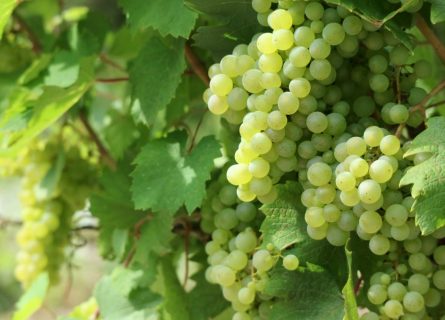
Why drink wine from Savoie? Or, more specifically, why drink Savoie when France is full of high-quality competition: wines that are easier to find and available in larger quantities? It’s not obligatory, of course, even for oenophiles. Most of us are happy with our creature comforts and old favorites, be it Pauillac, Chambertin, or Chablis.
The best wines of Savoie, however, are worthy of closer investigation. At the risk of offending rivals, I can honestly state that few regions offer such an enviable selection of delicious and refreshing white wines; you can literally taste the Savoyard mountain air in a good vintage of Altesse or Jacquère.
Think of them as Alpine versions of Melon de Bourgogne: light, fresh, very dry, and low in alcohol. The last factor is critical, particularly in a zeitgeist where consumers are moderating their intake and pursuing healthier lifestyles. Wine’s greatest assets are its digestibility and balance – you can enjoy a few glasses with lunch without suffering afterward.
Climate Change and Savoie’s Unique Position
Yet global warming is making it harder and harder to produce wines with low abvs, particularly in southern Europe. Fortunately, the Savoie vineyards have not suffered in this regard. In 2023, growers harvested a decent crop of berries with good acidity and a relatively low pH. But in other parts of Europe, scorching heatwaves and mildew attacks took a heavy toll.
The other wonderful thing about Savoie is its versatility and adaptability to food and wine matching. The term food-friendly is, I grant you, overused to the point of exhaustion by marketers. Nonetheless, chefs and sommeliers rave about the Alpine vineyards of Savoy, as there is scarcely an ingredient that will not work alongside sparkling Seyssel, oak-aged Mondeuse, or the textured richness of Chignin-Bergeron.
Wine, as we know, offers many pairing options – different colors, weights, styles, and maturity levels. Savoie takes these advantages and multiplies them tenfold. There is a bottle for every occasion, context, and dish.
Key Grape Varietals
-
Altesse
Altesse is a prestigious white grape variety from Savoie, France, known for creating full-bodied, concentrated wines with floral and nutty nuances alongside robust acidity. Primarily found in Roussette de Savoie and Roussette du Bugey appellations, its origins are debated, with the most accepted theory suggesting it is native to Lake Geneva's southern shores, closely related to the Chasselas variety.
-
Chasselas
Chasselas is a white wine grape varietal grown mainly in Switzerland but has a strong historical link with France's Loire and Savoire regions.
Find out more -
Gringet
Gringet is a unique white grape variety from Savoie, France, distinct from Savagnin Blanc and Roussanne, despite previous misconceptions. This variety produces floral and delicately scented wines with apple blossom and fruit aromas, complemented by tart acidity, embodying the traditional Savoyard style. Primarily grown in Ayze, a highly valued Savoie cru, Gringet is rare, with significant contributions from Domaine Belluard, known for both still and sparkling wines.
-
Jacquère
Jacquère is a white grape varietal found mainly in the Savoie wine region in eastern France. It produces refreshing and gently aromatic dry white wine.
Find out more -
Roussanne
Learn about Roussanne, the elegant white grape native to Rhône. Often blended with Marsanne, explore its unique qualities and rich heritage in our guide.
Find out more -
Gamay
Gamay Noir is a grape variety used to make light-bodied red wine, most notably grown in the Beaujolais region.
Find out more -
Mondeuse
Mondeuse Noire is an ancient red grape from Savoie, France, celebrated for its aromatic wines with deep purple color, high acidity, and strong tannins. It features notes of sour cherries, damson plums, pencil lead, and black pepper, particularly from Arbin. Typically made as a varietal wine, Mondeuse can blend with Gamay, Pinot Noir, or Poulsard. The vine is vigorous but drought-sensitive and prone to diseases, thriving on stony, clay-rich soils.
-
Persan
Devoted producers are revitalizing Persan, a high-quality red grape from Savoie. Originating from Maurienne Valley and once nearly extinct, it's gaining attention for its small yet impressive wine production. Despite being prone to mildew and frost, Persan yields age-worthy, aromatic red wines with distinct raspberry flavors, enjoyed either as varietal wines or blends, notably with Mondeuse Noire.
Savoie gastronomy
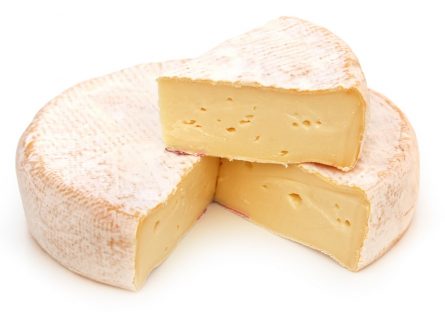
Instagram addicts: you’ve come to the right place. Savoie is full of high-class restaurants that offer fine cuisine and even finer mountain views, although you’ll pay a premium for the pleasure! However, if your sole focus is tasty morsels and not gawping at Mont Blanc, head to Chambery’s delightful old town. A feast of excellent grub awaits, including a wondrous selection of Italian dishes, cheesy specialties, and freshwater fish.
A Gastronomic Guide to the Cuisine of Rhône-Alpes: Read more
Wineries Recommended by Cellar Tours
-
Andre & Michel Quenard
Read more -
Charles Gonnet
-
Chateau de La Mar
Read more -
Domaine Belluard
-
Domaine Louis Magnin
Read more -
Jean Vullien
Read more -
Jean Perrier et Fils
Read more -
Philippe Balivet
Further Reading: Discover More Related Blog Content
More information
If you would like us to customize an exclusive luxury tour, contact us and let us know your travel plans. We offer luxury food and wine tours for private groups of a mininium two guests. In addition, all of our private, chauffeured tours are available year-round upon request.

